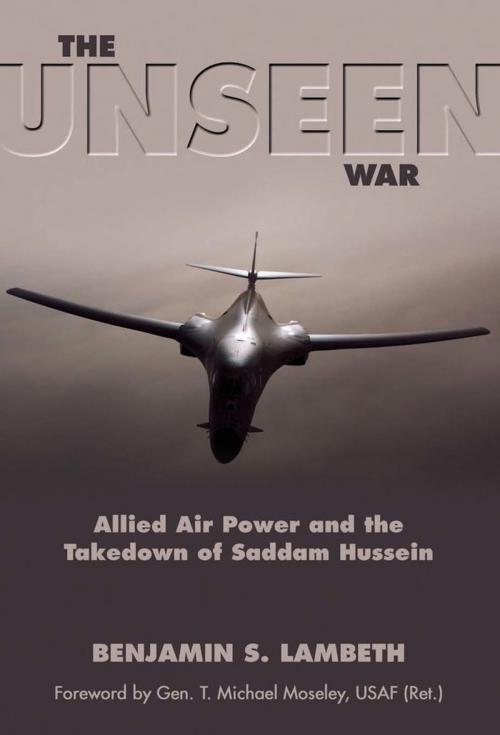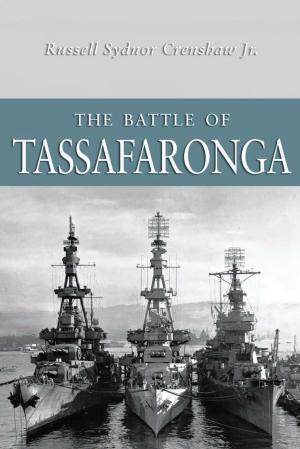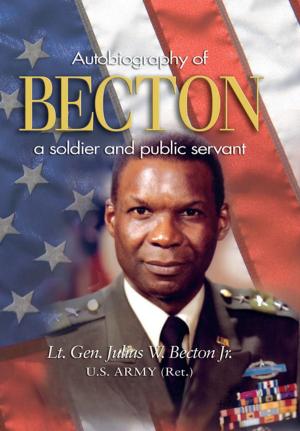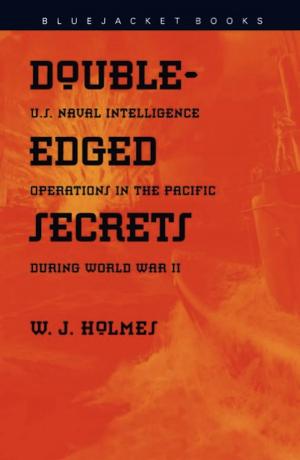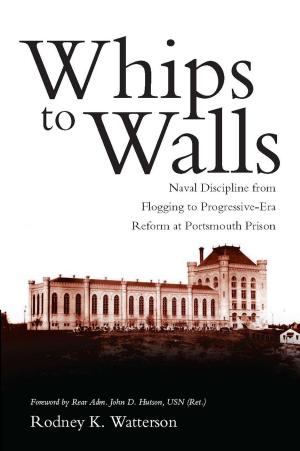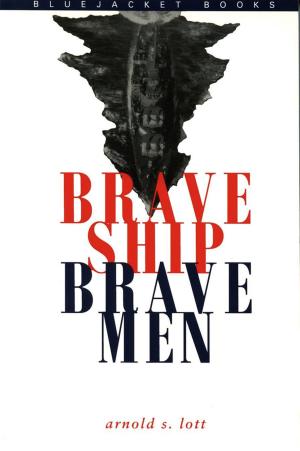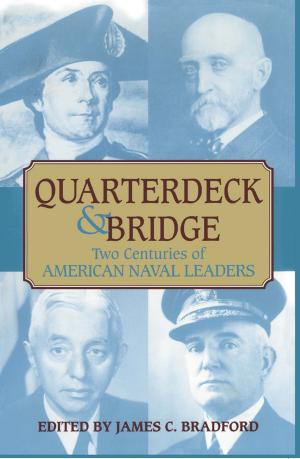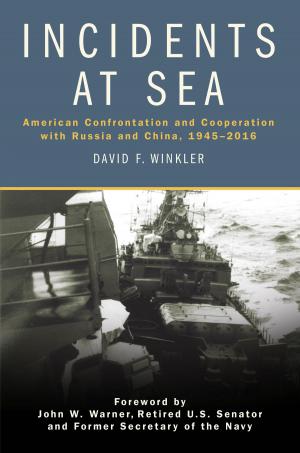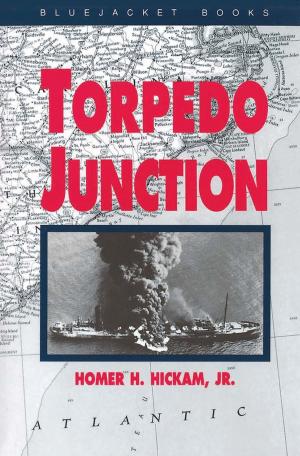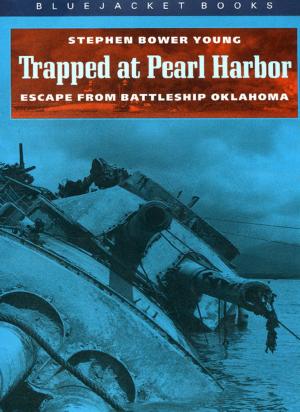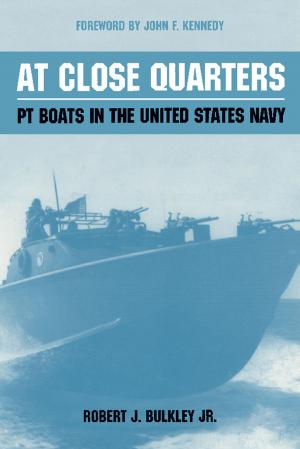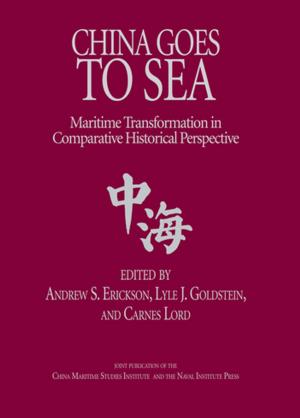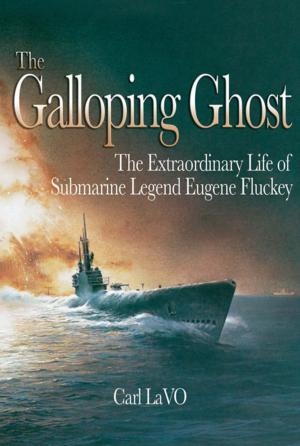| Author: | Benjamin S. Benjamin Lambeth | ISBN: | 9781612513126 |
| Publisher: | Naval Institute Press | Publication: | October 15, 2013 |
| Imprint: | Naval Institute Press | Language: | English |
| Author: | Benjamin S. Benjamin Lambeth |
| ISBN: | 9781612513126 |
| Publisher: | Naval Institute Press |
| Publication: | October 15, 2013 |
| Imprint: | Naval Institute Press |
| Language: | English |
The Unseen War offers a comprehensive assessment of the air contribution to the three weeks of major combat that ended the rule of Iraq’s Saddam Hussein in 2003. Unlike in the earlier instance of Operation Desert Storm in 1991, the role of allied air power in the nation’s second war against Iraq was not apparent to most observers, since the land offensive began concurrently with the air offensive and the overwhelming majority of the reporters who accompanied allied forces into combat were embedded with ground units. Even today, the air war history of Operation Iraqi Freedom remains largely unreported, despite the fact that American air assets, aided substantially by the air contributions of the United Kingdom and Australia, played a key role in enabling the prompt achievement of the coalition’s immediate campaign goals. Lambeth’s work fills a long-standing gap in the literature on modern warfare by telling that story of the role of airpower for the first time in the fullest detail.
The Unseen War offers a comprehensive assessment of the air contribution to the three weeks of major combat that ended the rule of Iraq’s Saddam Hussein in 2003. Unlike in the earlier instance of Operation Desert Storm in 1991, the role of allied air power in the nation’s second war against Iraq was not apparent to most observers, since the land offensive began concurrently with the air offensive and the overwhelming majority of the reporters who accompanied allied forces into combat were embedded with ground units. Even today, the air war history of Operation Iraqi Freedom remains largely unreported, despite the fact that American air assets, aided substantially by the air contributions of the United Kingdom and Australia, played a key role in enabling the prompt achievement of the coalition’s immediate campaign goals. Lambeth’s work fills a long-standing gap in the literature on modern warfare by telling that story of the role of airpower for the first time in the fullest detail.
